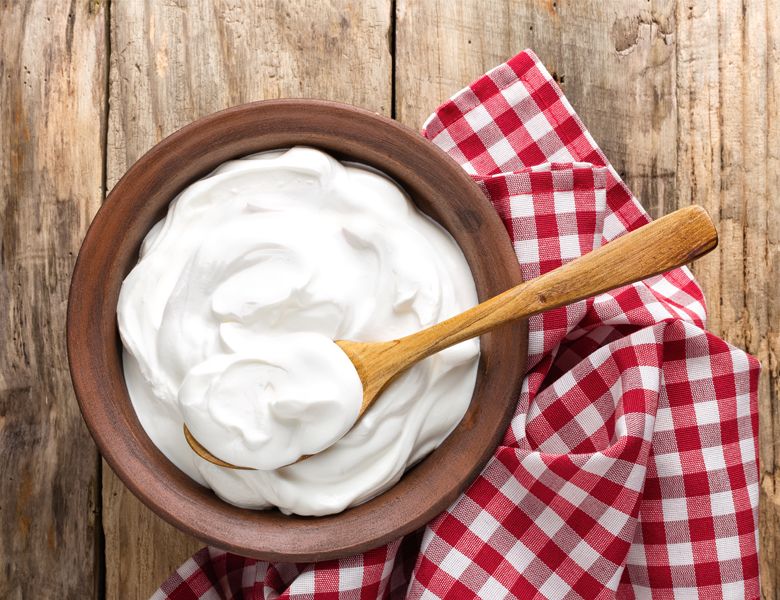- آتاماد
- mozzarella cheese
mozzarella cheese

- | user2 |
- Viewer: 2176
mozzarella cheese,The first breakthrough in mozzarella research dates back to 1951 when F. V. Kosikowsky published an article
entitled "Mozzarella cheese production from pasteurized milk". The research came after the New York City Department of Public Health banned the sale of mozzarella cheese made from raw milk in 1950.
After the replacement of pasteurized milk under legal compulsion, cheese factories discovered that they could not produce mozzarella with elasticity in hot water, which is a very important step in the production of Pasta-Filata cheeses. Moreover, industrial efforts to use new commercial cultures instead of the natural raw milk flora that pasteurization destroyed failed dismally and the industry was in crisis in the industry.
The most important function of starter cultures in mozzarella production is using lactose and acid production. Therefore, it chemically allows the cheese to stretch in hot water. The rate of acid development during mozzarella production must be precisely monitored to achieve the correct composition of pH and calcium/casein ratio during stretching. Other functions of culture starter bacteria include controlling the growth of non-starter flora, preventing the growth of pathogens, improving shelf life, helping to create flavor, proteolysis, and cheese ripening.
In general, starters for mozzarella cheese include Streptococcus thermophilus, Lactobacillus delbroki subspecies Bulgaricus, Lactobacillus delbroki subspecies Lactis or Lactobacillus helveticus. Thermophilic starter cultures such as Streptococcus salivarius ssp. thermophilus (S. thermophilus), Lactobacillus delbrokii ssp. bulgaricus (L. bulgaricus) or Lactobacillus helveticus are commonly found in the cultures used to make mozzarella cheese.
Streptococcus bacteria produce lactic acid by using glucose and have some proteolytic properties. However, studies show that S. thermophilus strains completely consume and ferment lactose. In the mozzarella starter cultures, a combination of streptococci, lactobacilli with proteolytic activity is often used. Most streptococcal strains grow faster and produce faster acid than lactobacilli in milk.
There is also a symbiotic relationship between S. thermophilus and L. bulgaricus strains. Many amino acids are released through the effect of L. bulgaricus protease on casein, which can stimulate the growth of S. thermophilus. In contrast, S. thermophilus produces carbon dioxide and format, which increase the growth of L. bulgaricus.
In mixed cultures, the cumulative growth of rod-cocci is associated with the production of more acid and flavor, which is significantly greater than that of single-strain cultures. Important subjects in the mozzarella cheese industry are the proportion of rod-cocci ratio, its effect on culture composition, proteolysis, and functional properties of culture. According to the results of the researches, regardless of the initial ratio of rod bacteria to cocci, cocci bacteria are always predominant in the curd and after stretching at high temperatures and storage at 4 ° C more cocci remain alive in the cheese.
The rate of proteolysis during the storage of cheese in which the ratio of 9: 1, rod bacteria to cocci was used is much higher than cheese in the ratio of 5: 5 or 1: 9. Also, the elasticity of texture profile analysis (TPA) and viscosity apparent (VA) of this cheese was less. Metabolism of starter strains of cultures varies depending on the type of strain, which can change the physicochemical properties of mozzarella cheese. In one study, S. thermophilus and L. bulgaricus strains without proteinase were used to produce mozzarella cheese, which showed less meltability and browning. utilize of galactose-consuming S. thermophilus is effective when used in combination with galactose-positive L. bulgaricus in the production process. In this way, Streptococcus strains that ferment and release galactose and Lactobacillus strains are purified and used as starter cultures in mozzarella production.
These strains have also been studied to look for changes and burns during cooking. Important indicators in determining the quality after cooking cheese include taste, color, elasticity, melting, as well as the size, color, and coverage of blisters, which are influenced by many factors. Selection of starter culture based on lactose or galactose consumption, starter performance, and coagulant effect on casein can be factors affecting the browning of the final product.
GET IN TOUCH
Copyright © 2023 Atamad.com All right reserved
Website design and SEO services by Seohama team – Web hosting by Sarverhama
Copyright © 2023 Atamad.com All right reserved
Website design and SEO services by Seohama team – Web hosting by Sarverhama








